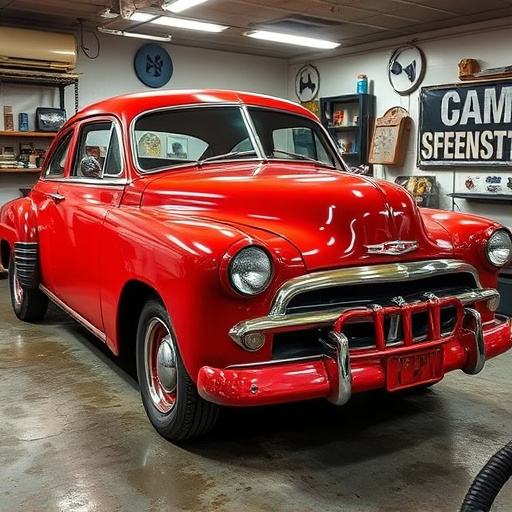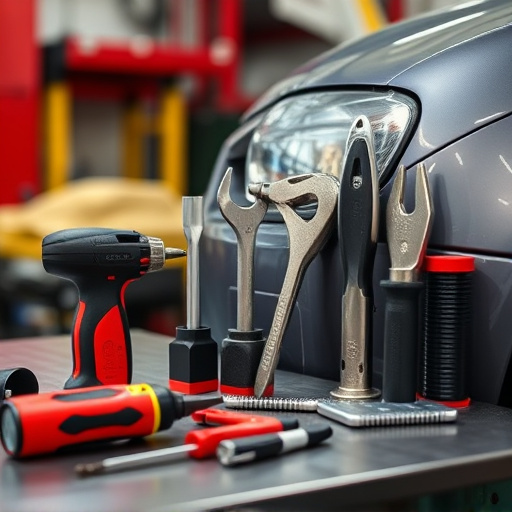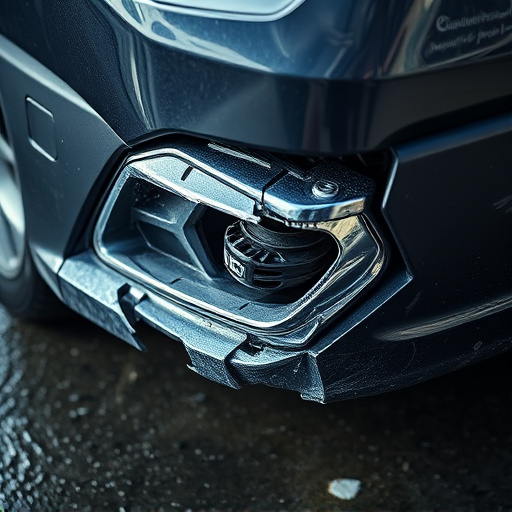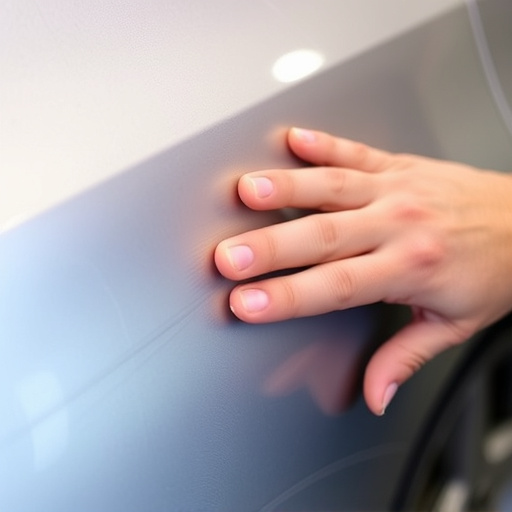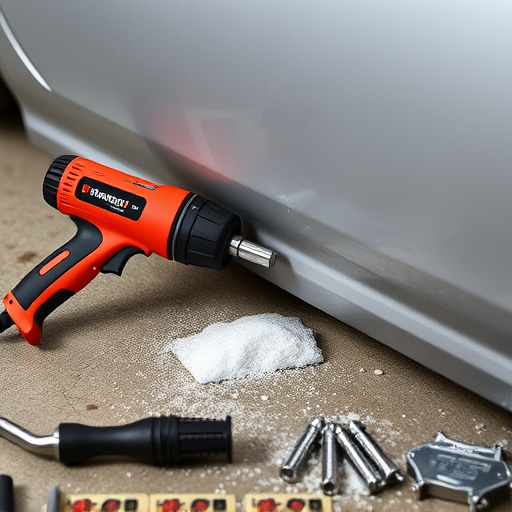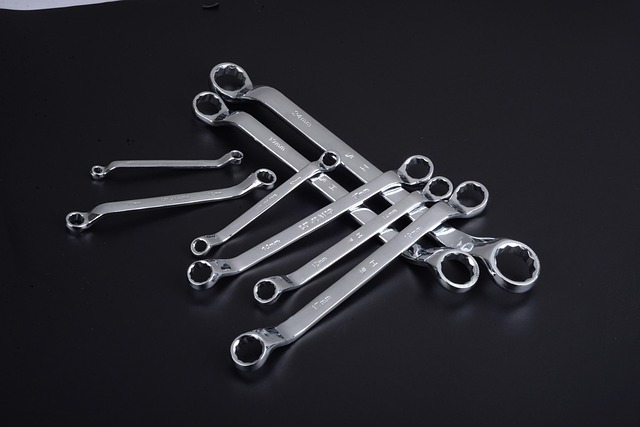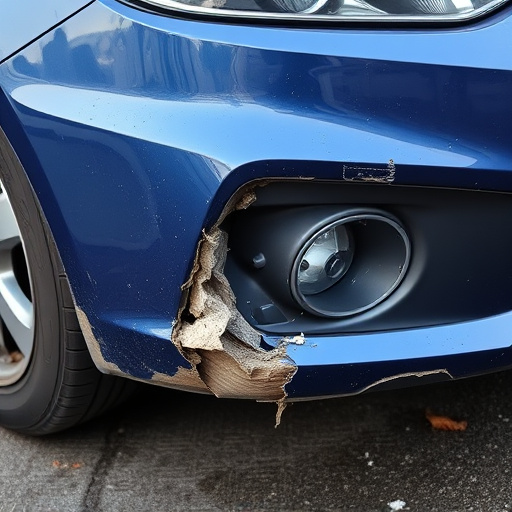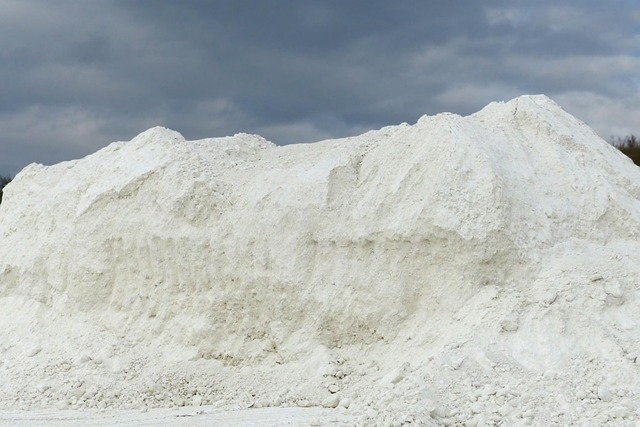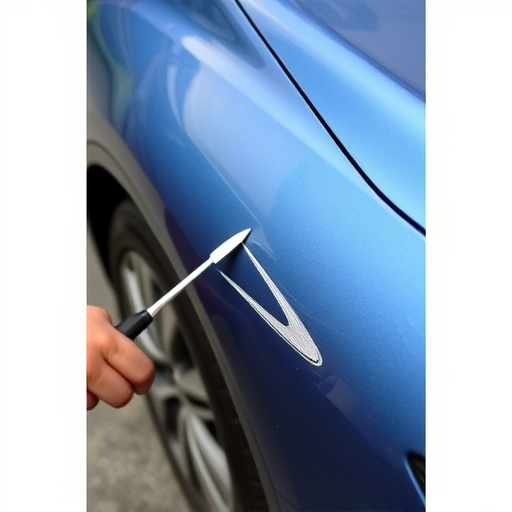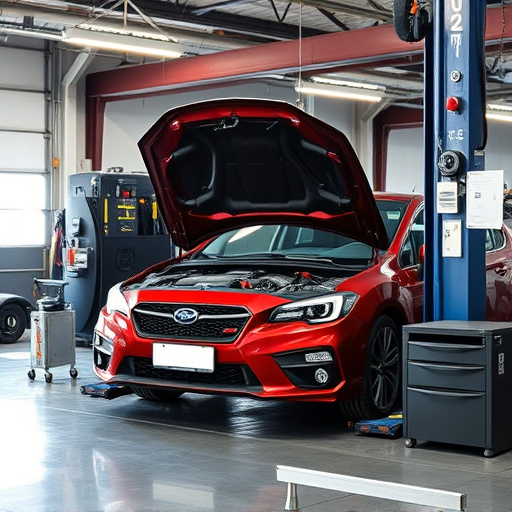Metal Reshaping PDR is a collision repair technique that reshapes damaged automotive panels without welding, preserving structural integrity and original finishes. Using specialized tools like dent pullers and air compressors, skilled technicians carefully extract dents while protecting paint and underlying metal. This cost-effective method involves assessment, cleaning, clamping (for larger dents), controlled hammering, filling, and polishing to restore vehicles to pre-accident condition effectively.
Introducing yourself to metal reshaping PDR (Paintless Dent Repair) is like discovering a hidden art form. This complete beginner’s guide breaks down the fundamentals, tools, and techniques of this innovative process. Learn how to transform dented surfaces without paint removal, saving time and money. From understanding the science behind it to mastering key PDR tools, this step-by-step tutorial equips you with the knowledge to tackle common dents like a pro.
- Understanding Metal Reshaping PDR Basics
- Tools and Materials for PDR Process
- Step-by-Step Guide to PDR Techniques
Understanding Metal Reshaping PDR Basics
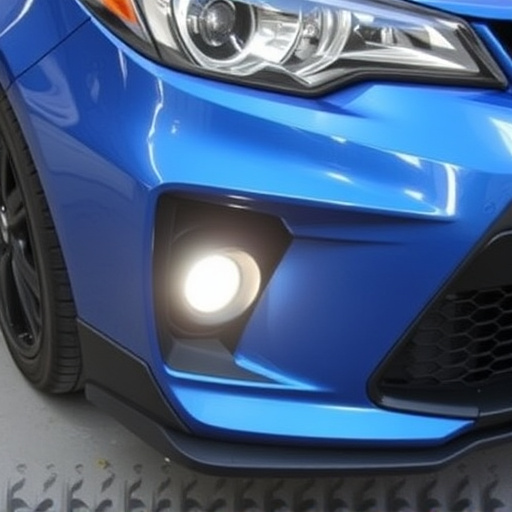
Metal Reshaping PDR, or Plastic Deformational Repair, is a specialized technique within collision repair services that focuses on restoring damaged automotive panels to their original shape and appearance without welding. This process is an innovative solution for tire services and collision centers aiming to provide cost-effective repairs while preserving the vehicle’s structural integrity. By applying precise pressure, trained technicians manipulate the metal to reshape it, eliminating dents and dings.
The beauty of this method lies in its ability to maintain the original factory finish, ensuring a seamless repair that matches the vehicle’s overall aesthetics. Unlike traditional body filling or painting, metal reshaping PDR is non-invasive, preserving the car’s surface and undercoat. This not only saves time and money for both customers and collision centers but also guarantees long-lasting results, making it an increasingly popular choice in the automotive industry.
Tools and Materials for PDR Process

The Process of metal reshaping PDR (Paintless Dent Repair) requires a specific set of tools and materials to achieve optimal results. At its core, this involves a variety of specialized tools like dent pullers, mallets, and air compressors. These tools are designed to carefully extract dents without damaging the paint or underlying metal, preserving the car’s original finish.
In addition to these core elements, other materials such as gel or liquid catalysts, cloth pads, and de-greasers play crucial roles in the PDR process. Gel catalysts help to break down the adhesion between dented areas and the paint, while liquid catalysts serve similar functions but with different properties for specific applications. Cloth pads act as a barrier between tools and paint, protecting the surface from scratches, and de-greasers remove any remaining contaminants or oils that could interfere with the bonding process during car body restoration. These materials work in tandem with skilled technicians to ensure that a collision center’s services effectively restore vehicles to their pre-accident condition.
Step-by-Step Guide to PDR Techniques
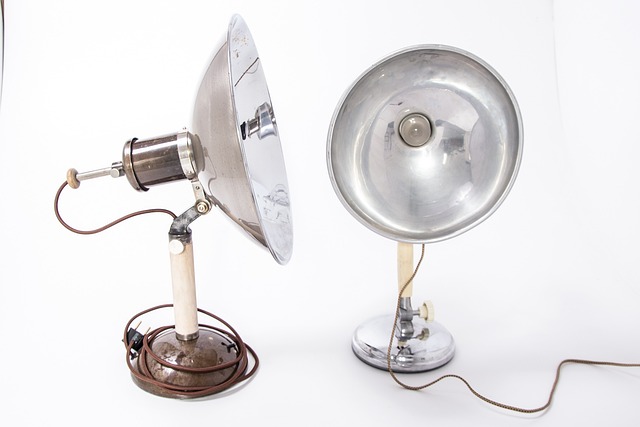
Metal Reshaping PDR (Paint Damage Removal) is a meticulous process that can transform your vehicle’s appearance in a car body shop. Here’s your step-by-step guide to mastering this technique:
1. Assessment: Begin by thoroughly inspecting the damaged area of your vehicle paint repair. Identify the extent of the dent, its shape, and whether it involves metal reshaping. This crucial step determines the approach you’ll take for fixing the dent.
2. Preparation: Ensure the surface is clean and free from dust or debris. Using appropriate tools, gently tap out any air pockets trapped beneath the dent to ensure a smooth base for your work in an auto body shop.
3. Clamping (if needed): For larger dents that require metal reshaping, use specialized clamps to hold the dented panel firmly in place while you work. This prevents movement and ensures accurate results.
4. Hammering: Employ a PDR hammer—a special tool designed for this technique. Tap gently around the edge of the dent, working from one side to the other. The goal is to release the energy trapped in the metal without damaging it.
5. Filling (if necessary): If there’s a hole or indent, use a suitable filler compound to smooth out the area before painting. This step ensures a seamless finish once the vehicle paint repair is complete.
6. Polishing: Once the area has dried, polish the surface until it’s smooth and free from any marks left by the PDR process. You’re now ready for the final steps in your auto body shop’s preparation process.
Metal reshaping PDR (Paintless Dent Repair) is a game-changer for beginners looking to restore their vehicles’ appearance. By understanding the basics, investing in quality tools and materials, and following a structured step-by-step guide, anyone can master this effective technique. Incorporating metal reshaping PDR into your repertoire offers a cost-effective and efficient solution for minor dents and dings, ensuring your vehicle maintains its vibrant, bustling appearance.
